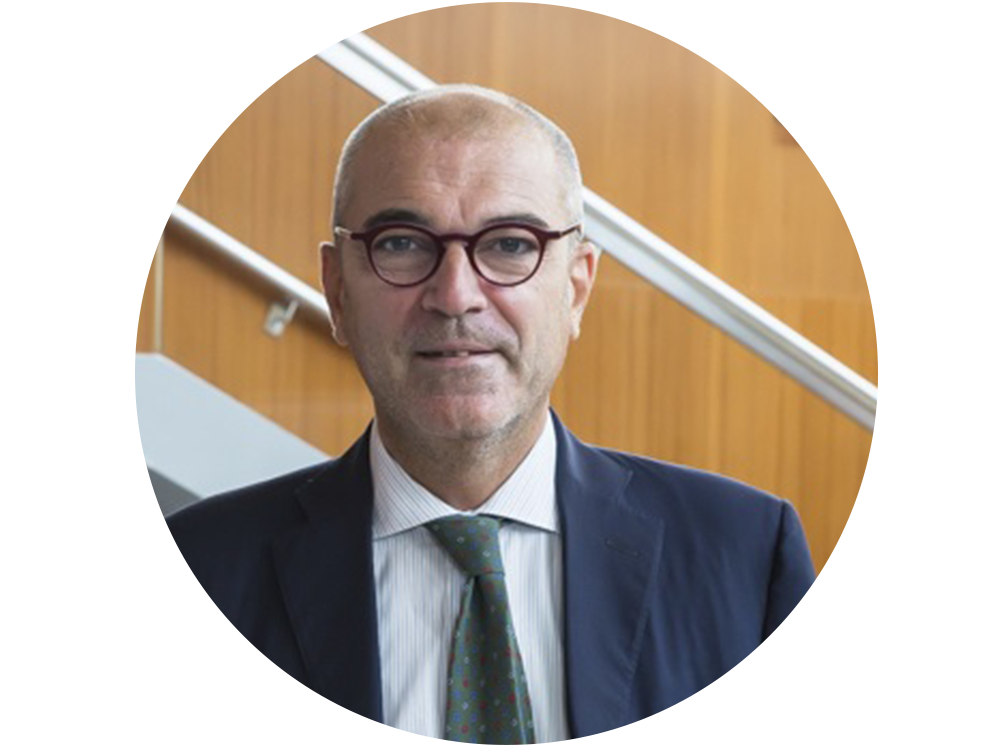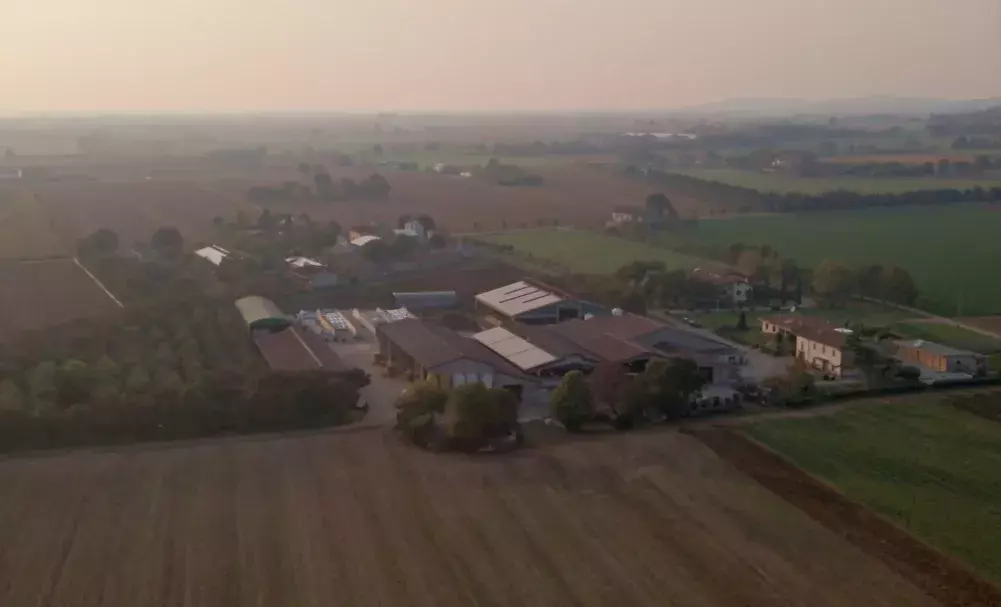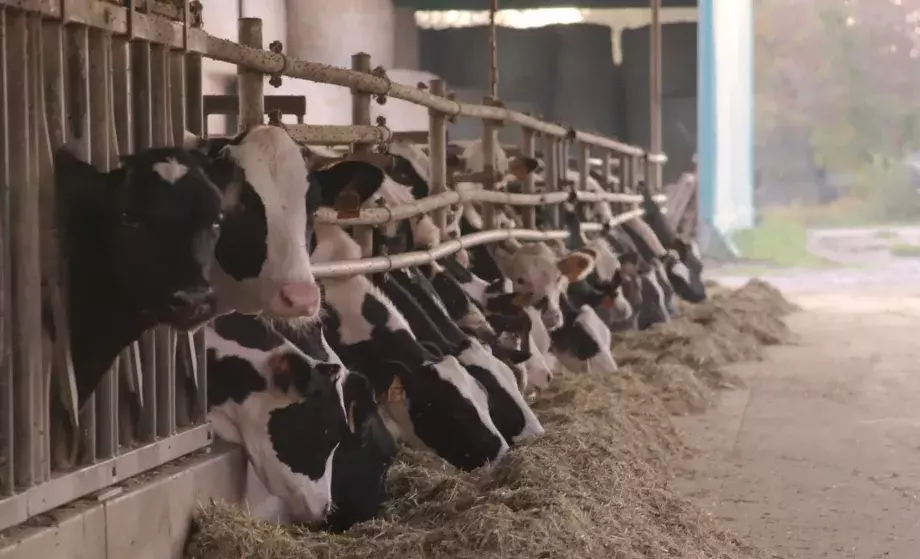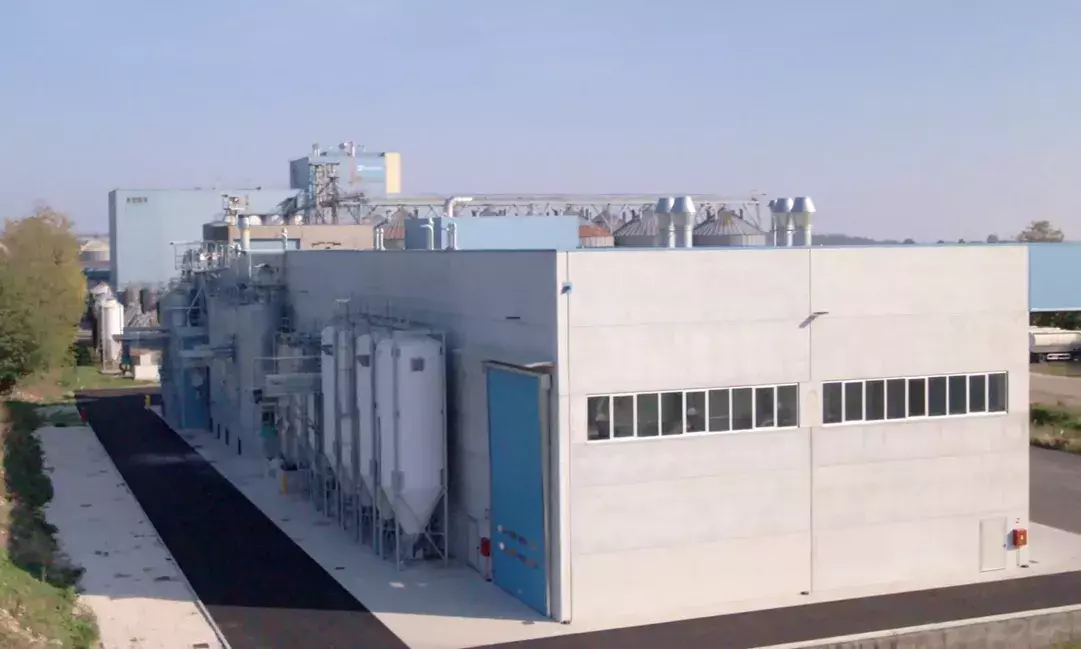Implemented in 2017, the EAFRD Credit Fund Lombardy, a grant combination financial instrument made access to finance easier for agri-food companies while improving primary producers’ integration in the agri-food chain.
A conversation with Rita Cristina De Ponti, Head of the EAFRD Managing Authority at the Directorate General for Agriculture, Food Sovereignty and Forests in the Lombardy region and Giovanni Rallo, Managing Director of Finlombarda, Credit Fund implementing body.
1. Ms. Rita Cristina De Ponti, can you give us a short introduction to the Credit Fund model? What is its purpose and who are the main actors?
The 'Credit Fund' was activated to bring financial institutions closer to agri-food companies in Lombardy. According to an analysis conducted at the beginning of the 2014-2020 programming period, agri-food companies found it extremely difficult to access financing, and this difficulty jeopardised their capacity to make investments of a certain size (> EUR 1 M). Through the Credit Fund, we want to actively support supply chain projects, which have an important impact on primary agricultural production in Lombardy, thus favouring and strengthening territorial and local development. By leveraging the creditworthiness of larger agri-food companies in key supply chains, the instrument provides indirect support also to the upstream SMEs which supply primary agricultural products to them.
Furthermore, the financial instrument, with an initial budget of EUR 35 million, has triggered a revolving mechanism, thanks to repayments, generating additional flows of money to the Lombardy region with the objective of being reused.
The success of the instrument is based on to the collaboration of all the sector’s main players, the professional organisations representing the different Lombardy supply chains (milk, meat, wine, fruit and vegetables, cereals and rice), banks affiliated with Finlombarda as well as Lombardy food companies which have in turn involved SMEs supplying primary agricultural products.
When it comes to the implementation and management of the financial instrument, the main actors are:
- The EAFRD Managing Authority at the Directorate General for Agriculture, Food Sovereignty and Forests in the Lombardy region;
- Finlombarda acting as the Credit Fund Manager;
- The Regional Paying Body (OPR) disbursing both the loan to Finlombarda and the grant component;
- Finlombarda affiliated financial intermediaries (which are about a dozen and which include local banks, mutual banks as well as some major banks in the country).

Rita Cristina De Ponti, Head of the EAFRD Managing Authority at the Directorate General for Agriculture, Food Sovereignty and Forests in the Lombardy region
2. How long did it take to structure and implement the Fund, Ms. De Ponti?
Structuring the Credit Fund took approximately six months. It started in October 2015 with the ex-ante assessment and ended in April 2016 when the Fund was established. As to the implementation, it took almost a year between the ex-ante assessment and the publication of the first calls for tenders launched in March 2017 to identify good final recipients’ projects.
I must also say that the 'Credit Fund' has initiated 'a cultural revolution' in the use of European funds, in particular in the agricultural sector, introducing innovative solutions in an environment traditionally dominated by grants. It thus contributed to an enhanced collaboration between this sector and banks.
The overall set-up timing needed to meet regulatory requirements, allowed for a greater awareness of the innovative choices made for a more effective use of European funds among all the actors involved (public administration, private sector, and their representatives).
3. Now, Mr. Giovanni Rallo, how do you think the new economic situation characterised by inflation and rising interest rates impacted the implementation of the fund? What consequences do you expect for the future?
The set-up of the instrument required a significant amount of time, due, namely, to the complex phases and timing dictated by the programming cycle. As a result, once operational, the product was no longer fully aligned with market conditions which in the meantime had significantly evolved.
However, now, with the high interest rates, I can say that beneficiaries are very happy to benefit from a fixed rate of 0.5% for the duration of the loan (10 years plus a 3-year grace period).
Furthermore, in many cases the investment has helped them improve production processes in terms of energy efficiency and further reducing production costs. The Credit Fund has proved to be an excellent instrument.
It is important to include elements of flexibility when setting up such an instrument so that it can adapt rapidly to changing market conditions (such as an interest rate increase for instance).
4. Mr. Rallo, the financial structure of the Credit Fund combines investment loans with grants. Earlier on, you mentioned “a cultural revolution” in the use of European funds in the agri-food sector traditionally dominated by grants. In your view, how important was combination for the uptake of the instrument?
The 'Credit Fund' provides investment loans for a maximum duration of 10 years as well as a grace period of up to 3 years and an annual nominal fixed interest rate of 0.5%.
This loan component covers 32% of the investment made by the agro-industrial company and is part of a broader financial intervention, which also includes:
- A capital grant covering 20% of the investment, from Rural Development Plan resources;
- a co-financing loan with the bank at market conditions to cover the remaining 48%.
Given the above, it is easy to understand how, in specific 'market failure' situations, a grant combination financial instrument can be effective to overcome the level of uncertainty linked to decision about the bankability of a given beneficiary for a given project of a significant size.
Finally, I think that to be financially attractive, the facilitation resulting from the combination of loan and grant must always consider the right trade-off between the economic benefit for the company and its supply chain and the complexity of the underlying bureaucratic requirements.

Giovanni Rallo, Managing Director of Finlombarda, Credit Fund implementing body
5. Thanks Mr. Rallo for this view on combination. Now, Ms. De Ponti, one of the main objectives of this model financial instrument is to support projects that have a positive impact on the overall supply chain, while ensuring that the benefits reach smaller agricultural producers. Could you please elaborate further on this important aspect?
Alongside strengths such as regional agro-industrial companies’ good export performance and the resilience of the cooperative system, the SWOT analysis identified weaknesses in the sector such as the unequal distribution of supply chains added value, at the cost of the primary sector. Another weakness was the high price volatility which jeopardises the sustainability of agricultural businesses.
On the basis of the SWOT analysis results, agro-industrial companies operating in integrated supply chain projects (with positive impacts on local primary producers) were therefore identified as the primary target of the financial instrument.
To prove their belonging to supply chain projects, agro-industrial companies must sign supply chain agreements with primary producers to guarantee certain price and quantity conditions.
Beyond the more 'transversal' advantages of financial instruments, the main benefits are as follow:
For agro-industrial companies, which are the "direct" recipient of the subsidy:
- An easier access to bank credit, thanks to risk sharing with the Credit Fund, together with a combined non-repayable grant; and
- The reduced cost of the Credit Fund loan thanks to the application of a subsidised rate.
For supplier farms, which are not receiving direct support from the instrument:
- A greater stability in terms of income, given that, to benefit from the financial instrument, agro-industrial companies must provide supply contracts for at least 3 years after the closure of the project signed with supplier farms.
The above-mentioned benefits have a higher impact on the local regional ecosystem; other types of financial support could hardly achieve such a result.
6. Thank you, Ms. de Ponti, for this explanation. Mr. Rallo, can you explain the benefit that private financial institutions may find to co-invest in investment projects supported under this instrument?
First, financial intermediaries affiliated with Finlombarda share the financial risk with the Credit Fund and may potentially, in their title of co-investors, also widen their customer base. Also, thanks to the grant component, they can deal with more solid customers.
Finlombarda itself, after the financial intermediary economic assessment, carries out a further assessment on the creditworthiness of the applicant company, in relation to the loan requested from the Credit fund.
Furthermore, investments loans have an impact on supply chain projects and the involvement of medium or small primary producers can have positive effects at local level, even in terms of publicity for the private financial institution.


7. Mr. Rallo, what can you share with us in terms of concrete results achieved so far?
The adopted scheme has allowed to indirectly reach small agricultural businesses, which are the main target of public policy and the weak link in the supply chain, due to their difficulties in accessing bank credit. At the same time, it has allowed to enhance the functioning of the financial instrument which focuses on the strongest processing company, the latter being the central point in the supply chain and the one which has the best financial rating.
Now, to give you some concrete data, the Credit Fund with a budget of approximately 57 million euros, (EUR 35 million in financing and EUR 22 million in grants) attracted EUR 53 million of additional financing from affiliated banks, for a total amount of around EUR 110 million of eligible investments. Out of the EUR 35 million EAFRD-backed loans, 25 have been disbursed to date.
Of the three calls that were launched, 23 projects and 20 beneficiaries (some of them applied for separate projects over several editions) were supported.
Indeed, through the signature of the supply chain agreements, the 23 projects involved several hundred of primary producers in the Lombardy region.
8. Ms. De Ponti, would you say that this instrument was a success story in terms of efficient use of public resources, leverage effect and easier access to credit for small enterprises? Do you plan on replicating the model in other Italian regions?
Yes, the Credit Fund can definitely be considered as a success story. The financial instrument can be replicated in other lively economic territories in the country, capable of favouring a driving and lasting effect.
It represents a suitable model for contexts where we have a large financially reliable buyer (the agro-industrial company), and upstream, a series of smaller suppliers with lower credit ratings (SMEs from the primary agro-industrial sector).
Therefore, its positive impact is not limited to the loan applicant but is extended to other smaller players in the supply chain. Furthermore, it allows to monitor the added value generated by its financial flow, creating co-responsibility between the various actors in favour of the development of the entire territory.
In order to support this strategy, any legislative and regulatory intervention that contribute to streamlining procedures for structuring and launching financial instruments are obviously welcome, so as to reduce the 'time-to-market' period, as well as to simplify the revision procedures of financial instruments, in case there is a need to adapt it to any changing economic situation.
9. Finally, Ms. De Ponti, can you say a few words on the impact of soaring energy prices on agricultural businesses? How do agri-food companies, as heavy users of energy, cope with this pressure in your region and how can a financial instrument like the Credit Fund help alleviate this burden?
Within the framework of the 2014-2022 RDP, measure 22, 'Exceptional temporary support for farmers and SMEs particularly affected by the consequences of Russia's invasion of Ukraine', was activated at the end of 2022, making EUR 17.4 million available for farmers operating in the pig and mountain dairy sectors.
The aim was to provide timely help to these sectors, which have suffered more than others from the crisis generated by the international geopolitical situation and the increase in energy, fertiliser and feed prices.
By financing investments for the improvement of company production processes, the credit fund can lead to greater efficiency in the consumption of raw materials (e.g., water) accompanied by energy savings and, in general, make the company more independent of external factors.






